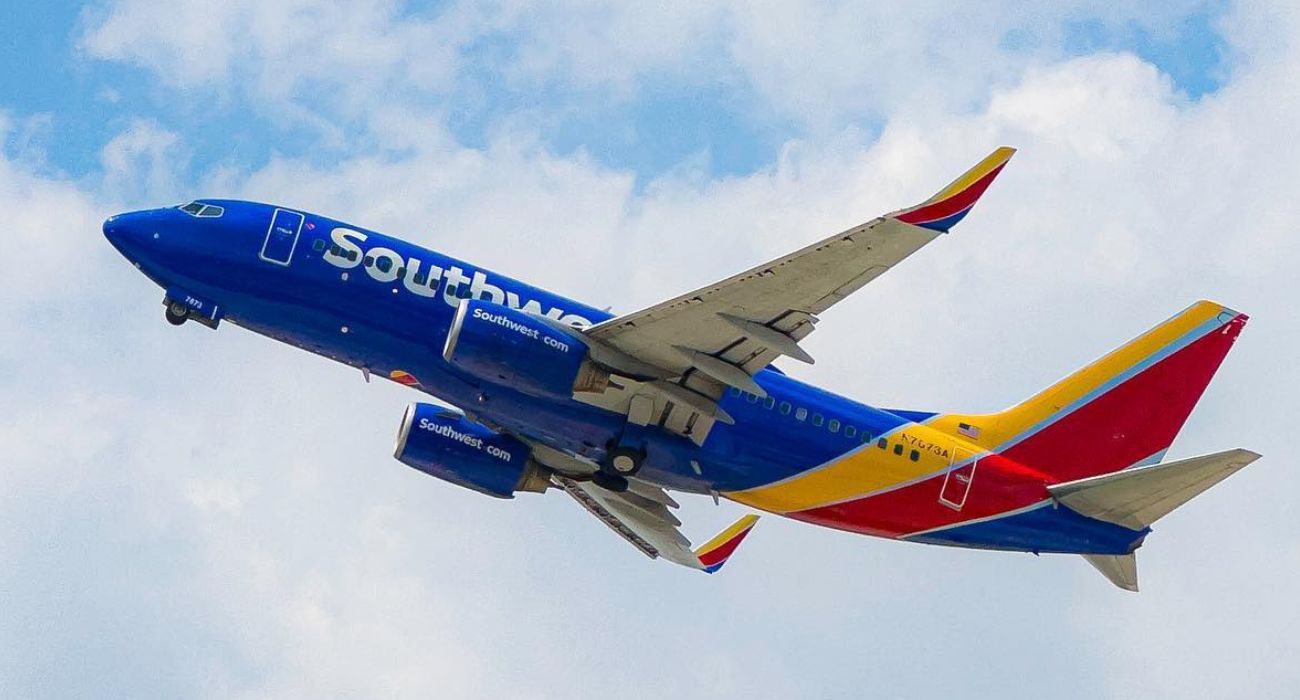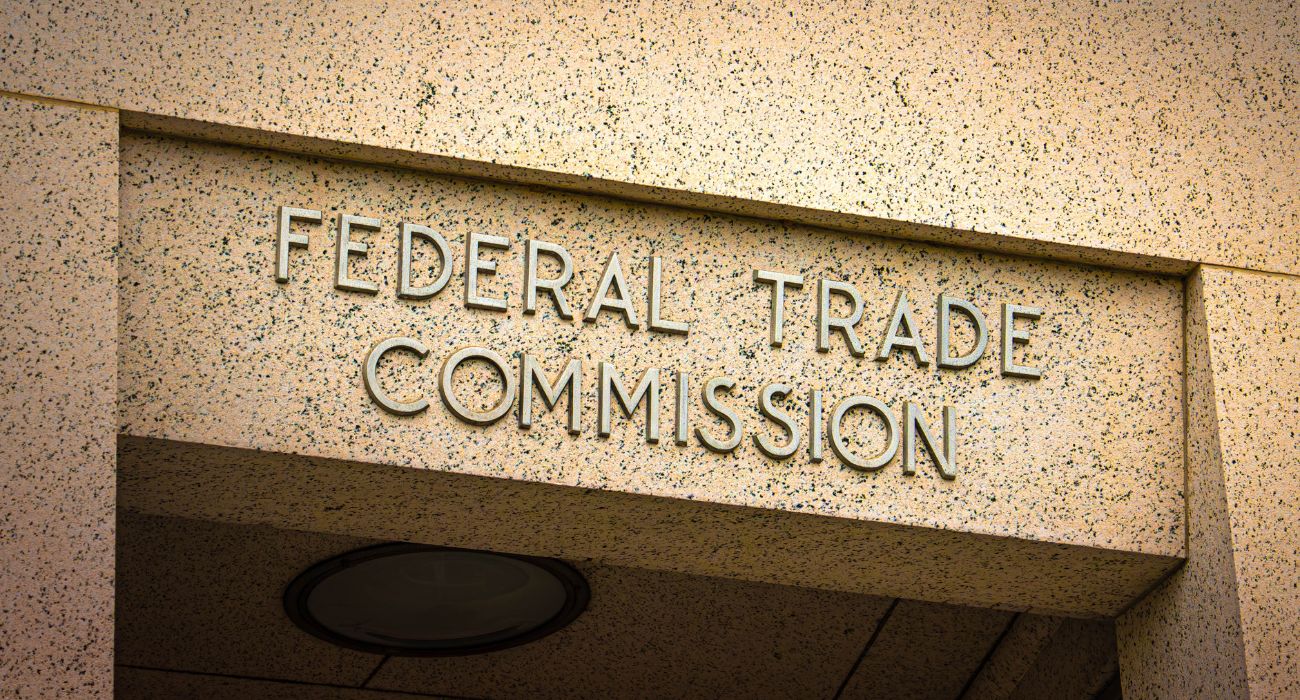Wall Street’s S&P 500 index neared a bear market Friday before a slight rebound throughout the day as the index continued its downward direction and biggest struggle in two years.
A bear market is when stocks fall at least 20% below their closing high. This is the opposite of a bull market, where market share prices are rising.
Indexes, including the Nasdaq Composite Index, the Dow Jones Industrial Average, and the S&P 500 (an index of the leading 500 trading companies weighted by market capitalization), can reach a bull market or slip into a bear market.
The last bear market occurred in 2020 amid the coronavirus lockdowns.
On Friday, the S&P 500 declined from its January peak, down 2.3% at one time during trading hours. By the end of trading on Friday, however, the large-cap U.S. benchmark index bounced back, gaining 0.57 points, or less than 0.1%, at 3,901.35.
According to a Jan. 3 Reuters article, on the first trading day of 2022 and the index’s highest close, the S&P 500 gained 30.38 points, or 0.64%, at 4,796.56.
Investors remain cautious for several reasons, including the rising interest rates from the Federal Reserve in an attempt to fight inflation. As reported by The Associated Press, when the central bank raised short-term interest rates, investors shifted their focus to assets that yielded a better return.
Meanwhile, as the Fed works to slow inflation, many worry it could crumble the nation’s economy. Amid fears of a recession, investors are worried about the effects of these changes on corporations’ profit margins and that consumers will have less spending ability.
According to a Marketwatch article, market analyst Tom Essaye, founder of Sevens Report Research, said that after reviewing the earnings statements of Target and Walmart Inc., he is “concerned that bad things may be starting to happen in the U.S. economy.”
Russia’s war in Ukraine also contributes to U.S. market hesitancy, with rising energy prices rippling around the globe amid supply chain issues and the recent COVID-19 lockdowns in China threatening the economy there.
While the bear market was averted Friday, market experts said investor concerns will continue as inflation trends upward, and the economy trends downward, causing further stock selloffs.
“It’s a complete buyers’ strike right now. It shows a complete lack of faith with buyers. Markets are starting to look very oversold here and we’re about to see if there’s a bear market bounce over the next few weeks,” Greg Taylor, chief investment officer at Purpose Investments, told Bloomberg.
Should the U.S. find itself in a bear market, it certainly will not be the first time.
There have been 17 bear markets since the early 1940s, according to Ryan Detrick, chief market strategist for LPL Financial, who told MarketWatch they generally last about a year. He said bear markets are considered over when stocks rise 20% from the lowest closing.






